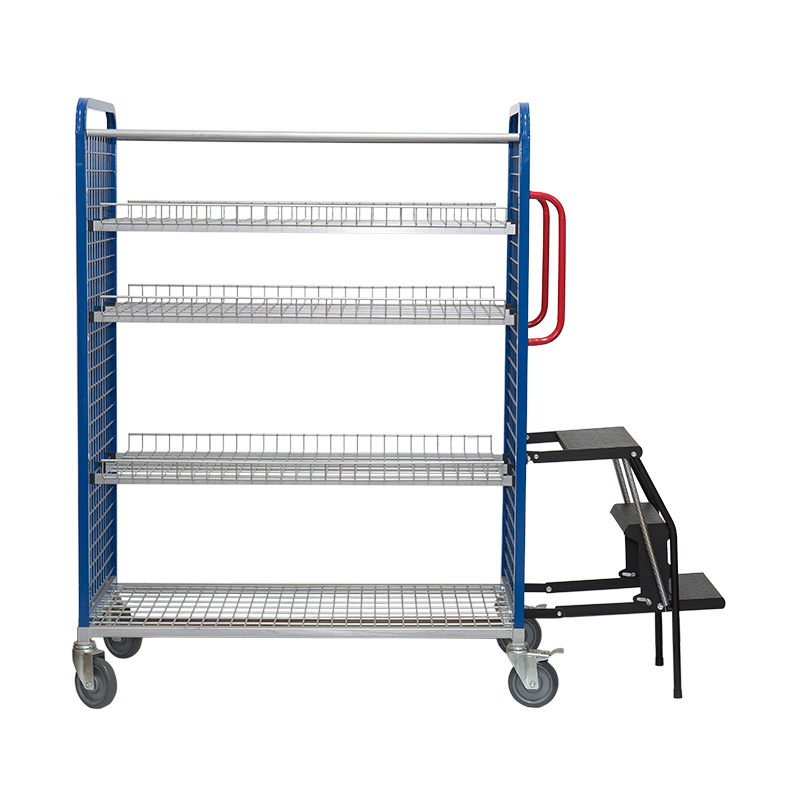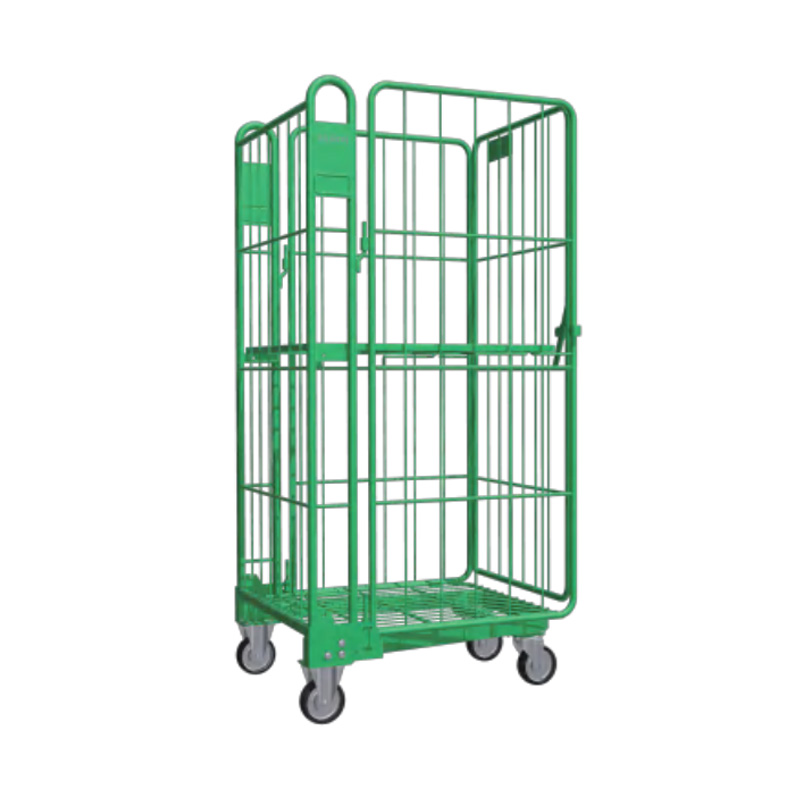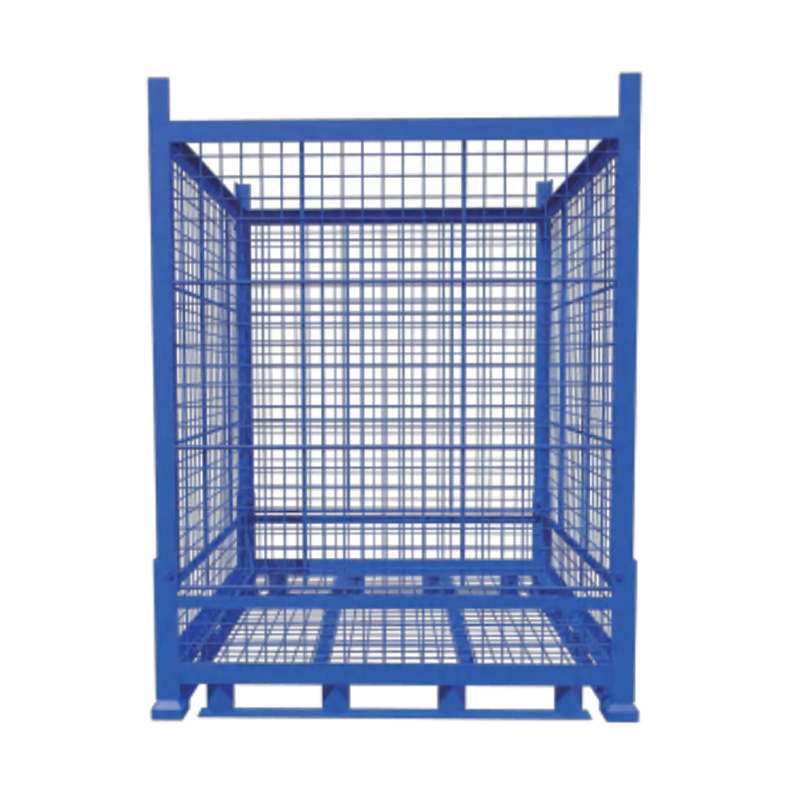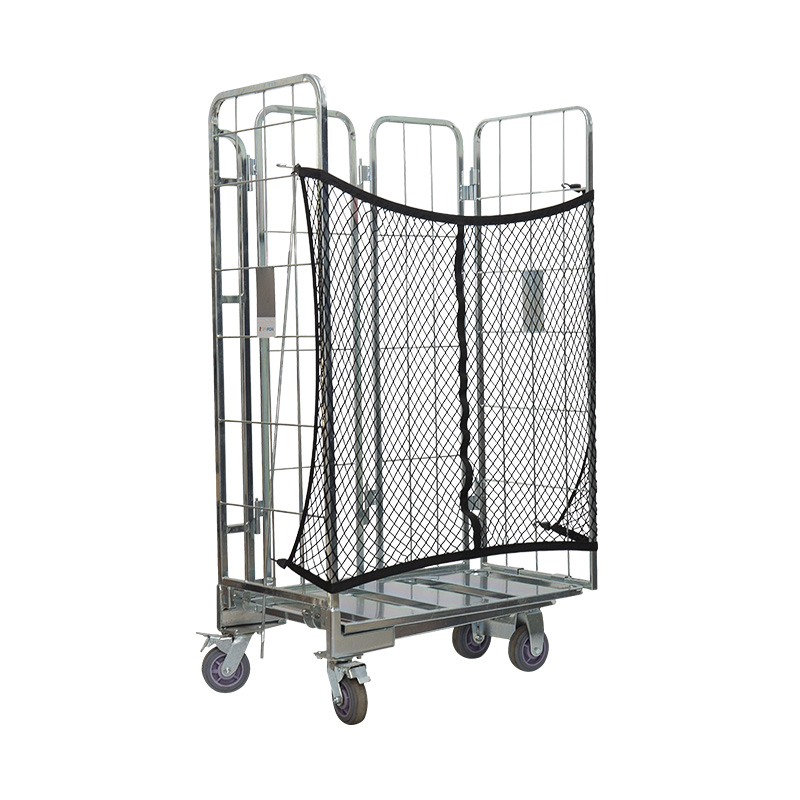Don't hesitate to send a message
Web Menu
Product Search
Exit Menu
Isn’t the green transformation of ogistics and storage series a win-win situation for environmental protection and competitiveness?
Today, as global environmental problems become increasingly severe, greening has become a key word for the development of all walks of life, and the ogistics and storage series is no exception. As an important link connecting production and consumption, the green transformation of logistics and warehousing is not only related to the sustainable development of the enterprise itself, but also has important significance for the environmental improvement of the entire society.
The green transformation of the ogistics and storage series first stems from the urgent need for environmental protection. In the traditional logistics and warehousing process, a large amount of energy consumption, waste emissions, and exhaust emissions during transportation have brought huge pressure to the environment. The green transformation can effectively reduce these negative impacts, achieve resource conservation and environmental protection.
Greening is also an inevitable choice for the ogistics and storage series to cope with market competition. With the increasing demand of consumers for environmentally friendly products, if companies want to be invincible in the market, they must pay attention to the environmental performance of products. As an important link in the circulation of products, the green level of logistics and warehousing will directly affect the environmental performance of products.
In the process of logistics and warehousing, energy consumption is inevitable. However, by adopting advanced energy-saving technologies and equipment, energy consumption can be effectively reduced. For example, the use of efficient and energy-saving lighting systems, air-conditioning systems, and intelligent control systems can reduce energy consumption to a certain extent.
The waste generated in the logistics and warehousing process mainly includes packaging materials, waste equipment, etc. In order to reduce the generation of these wastes, enterprises can take a series of measures, such as promoting the use of recyclable packaging materials, recycling and reusing waste equipment, etc.
Transportation is an indispensable part of the logistics and warehousing process. In order to reduce environmental pollution during transportation, enterprises can adopt green transportation methods, such as using new energy vehicles and optimizing transportation routes. In addition, enterprises can also establish green supply chain partnerships with suppliers and customers to jointly promote the development of green transportation.
By introducing advanced intelligent management systems, enterprises can achieve real-time monitoring and precise management of the logistics and warehousing process. This can not only improve the efficiency of logistics and warehousing, but also reduce unnecessary energy consumption and waste generation. For example, optimizing the operation routes and time arrangements of transport vehicles through intelligent scheduling systems can reduce the occurrence of empty vehicles and congestion.
Although green transformation is of great significance to the ogistics and storage series, it also faces many challenges in practice. The research and development and application of green technology require a lot of capital investment and technical support; green transformation may lead to an increase in corporate operating costs, etc.
Greening is the only way for the sustainable development of the ogistics and storage series. In the future development, logistics and warehousing enterprises should actively embrace green transformation and constantly explore and practice new green paths and models. Only in this way can we inject new impetus into the sustainable development of enterprises and contribute to the environmental protection of the whole society.
-

Product specification:This Warehouse wire mesh Multi-Tier Order Picking Trolley adopts a chassis and side panel structur...
See Details -

Foldable pallet cages are an important tool in factory logistics. They play an important role in transportation, distrib...
See Details -

Product specification:The chassis is made of a square tube frame, with a bottom metal sheet tray that can be folded up a...
See Details -

Stacking rack, also known as Qiaogu rack or stacking rackIt is a transportation and storage device derived from pallets ...
See Details -

Product specification:Container structure made of L-Type plate frame with 50×50 wire mesh, with base support.Surface tre...
See Details
-
Building B5, No. 138, Weixi Road, Weixi Village, Weitang Town, Xiangcheng District, Suzhou City, China.
-
Tel:
+86-13862140414
+86-13951110334 -
Phone: +86-512-65905480




